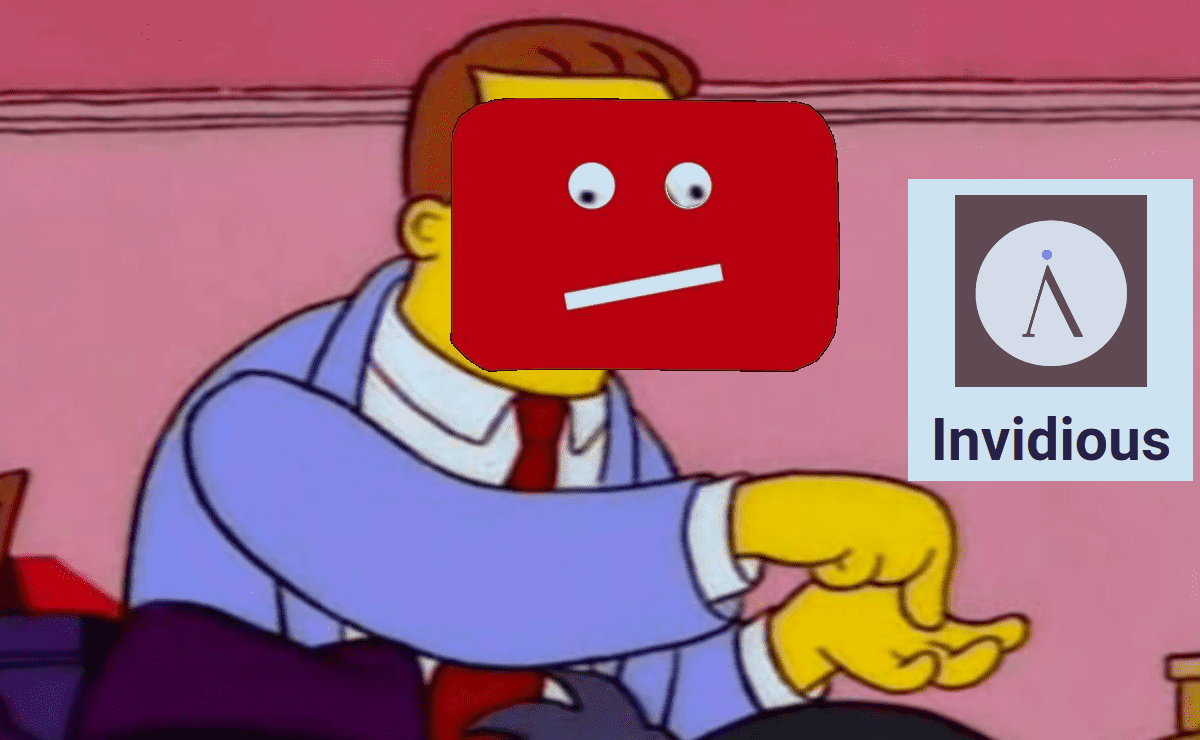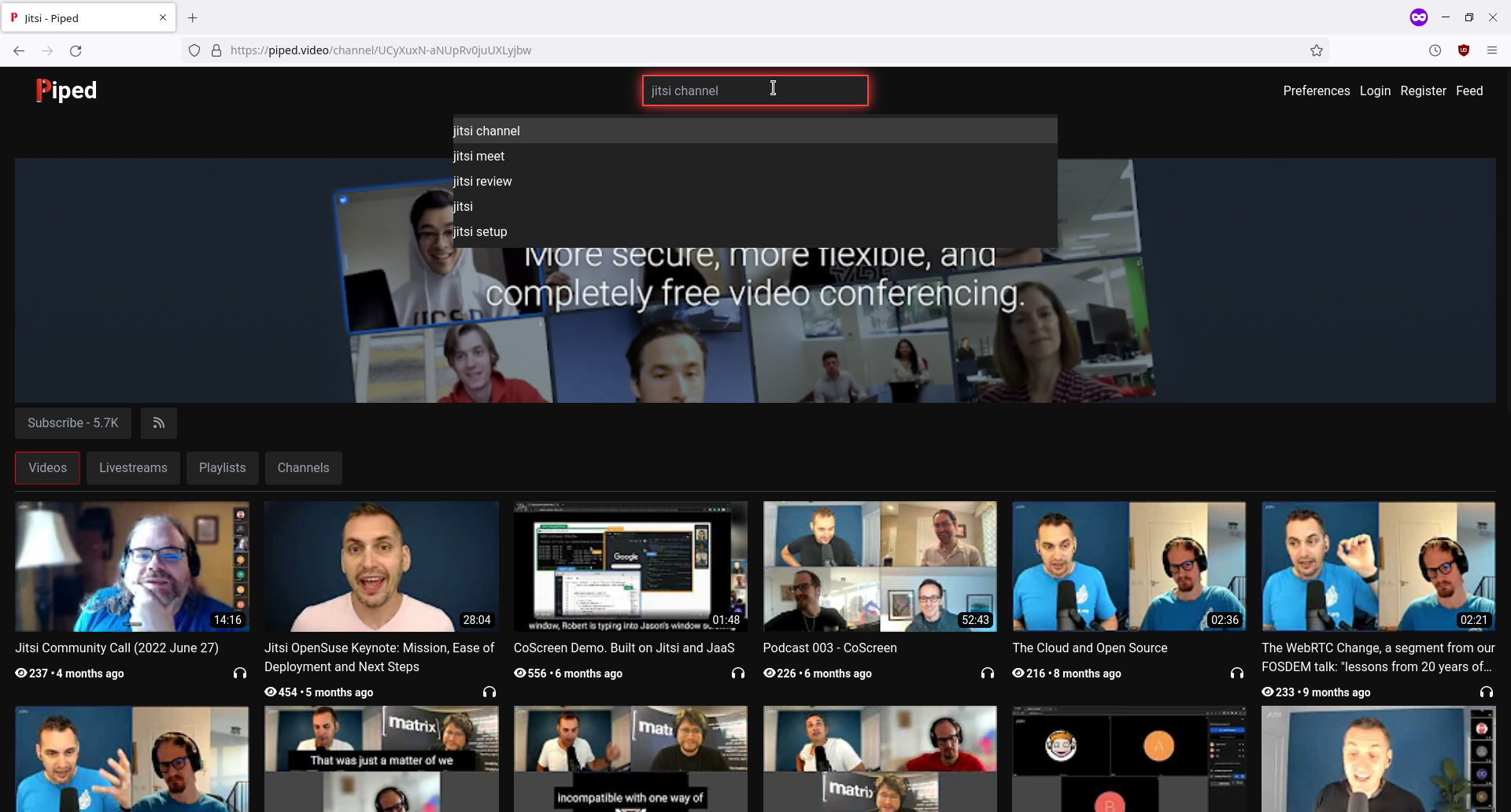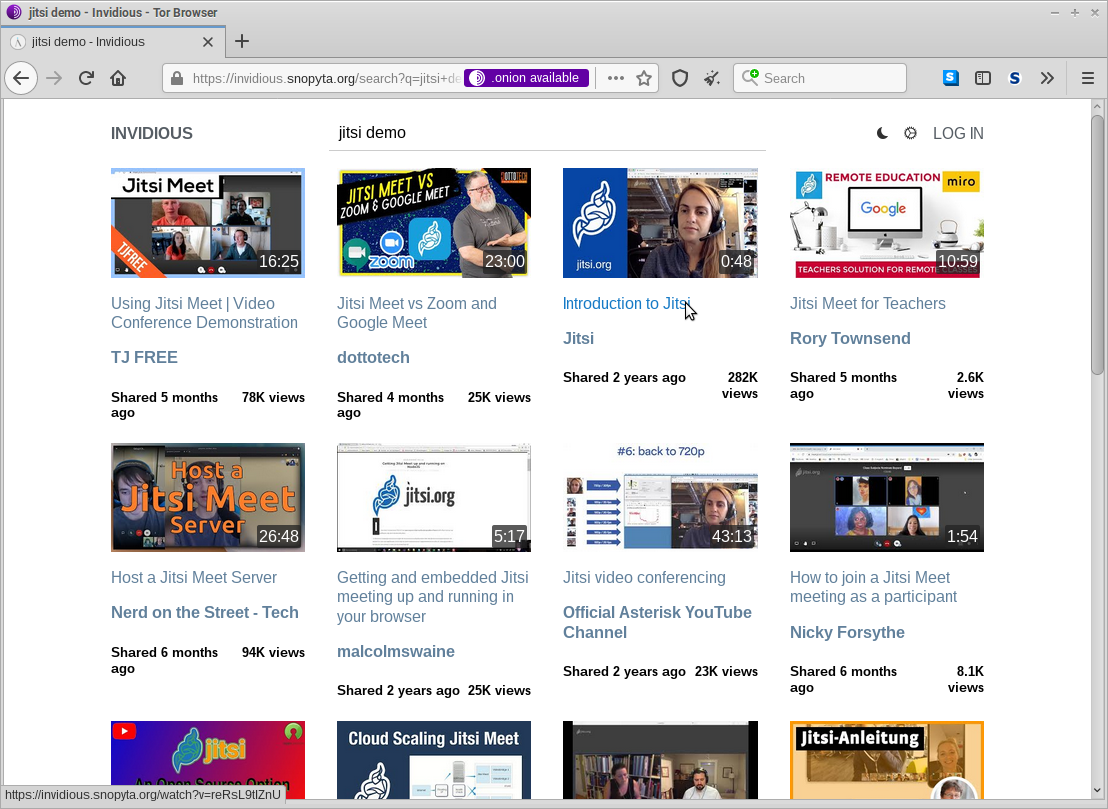Invidious developers have received an email from YouTube asking them to stop offering the program. According to YouTube's legal team, they are in violation of YouTube API terms of use, which is impossible, as Invidious does not use YouTube API.
They also claim that Invidious “is being offered on invidious.io”, which is also untrue, because that website does not host any instance of Invidious. As of today there are 40 websites hosting public instances of Invidious, over which the Invidious team has no control, as Invidious uses the free AGPL license. Even if Invidious were illegal in the United States, it is hosted on the Tor network, the I2P network and in many countries, making it virtually impossible to make Invidious disappear. In addition, its code can be found on several development platforms and is on lots of computers.
Invidious has neither agreed to YouTube's API terms of service nor YouTube's terms of service. YouTube allows access to content hosted on its servers via the HTTP protocol, so Invidious is not committing a computer crime; it is simply safeguarding the right to privacy and freedom.
Google (the company that controls YouTube), on the other hand, does not respect privacy, censors, requires the use of proprietary software, exploits its users, develops artificial intelligence software for military purposes, has a huge ecological impact, to name just a few examples. That's why there are people who think that Google should be destroyed.
Fortunately, even if Invidious were to disappear, there are other free
projects such as Piped,
NewPipe and
youtube-dl. Will Google also threaten the
developers of these projects and their millions of users?







